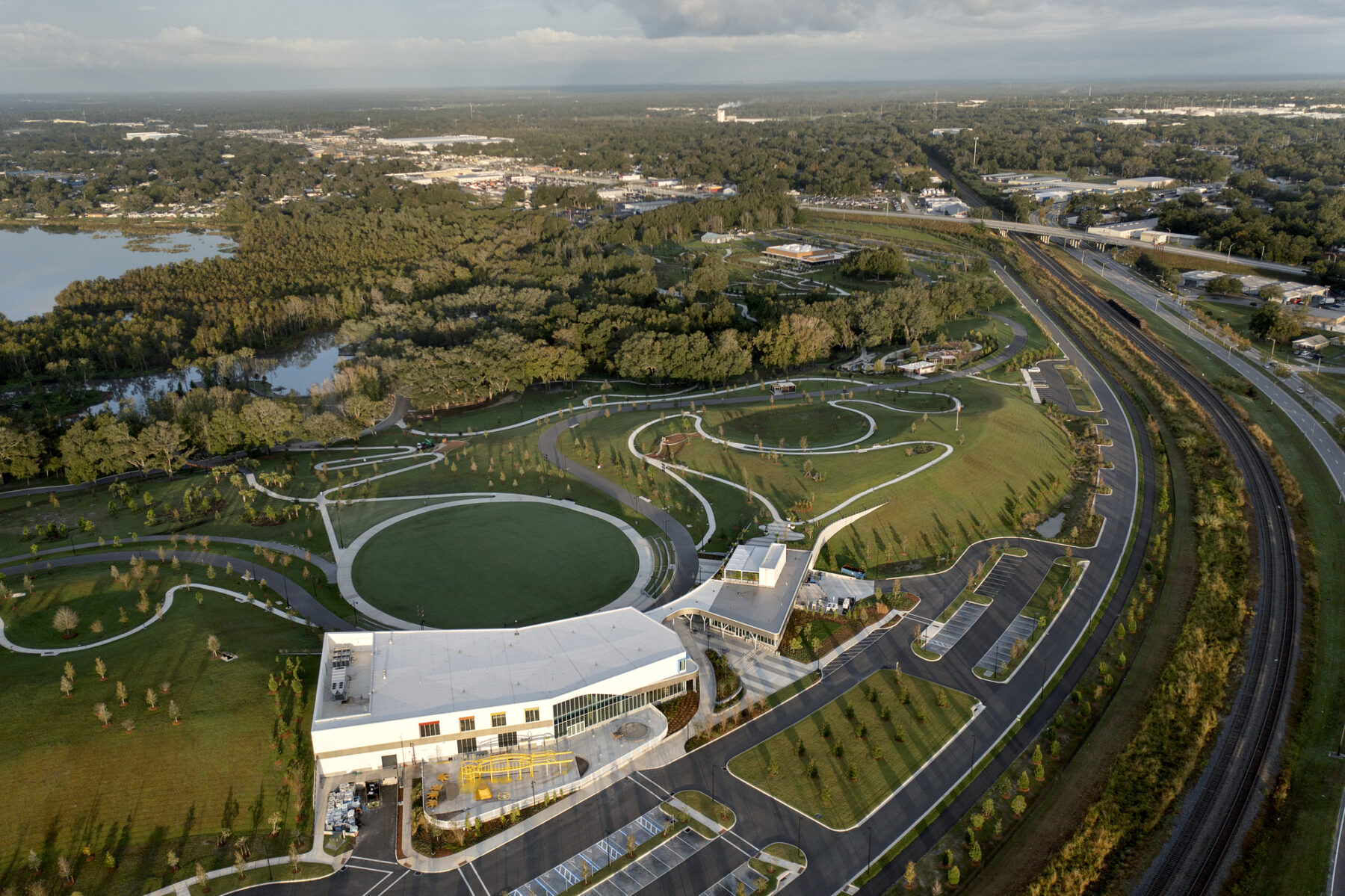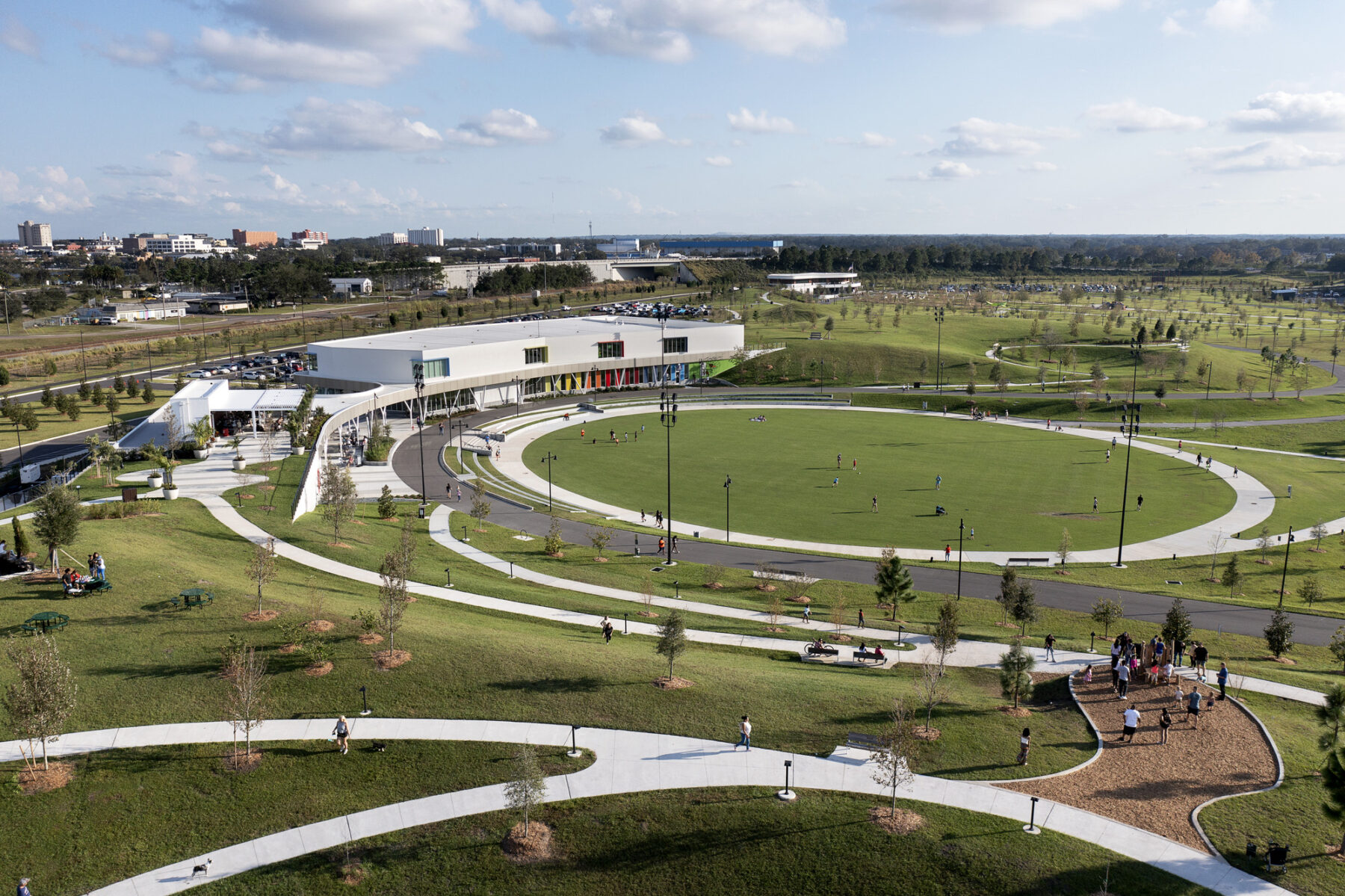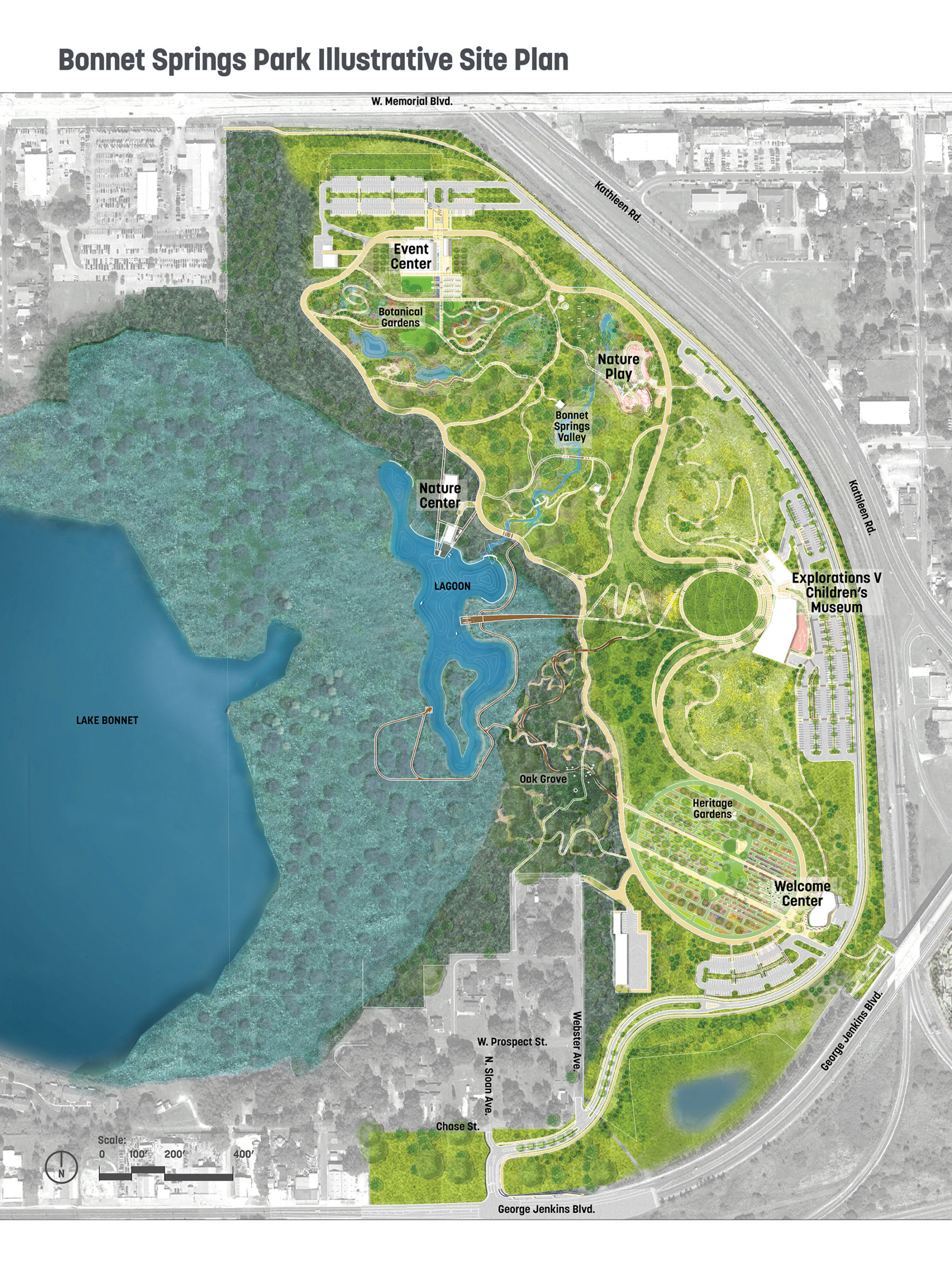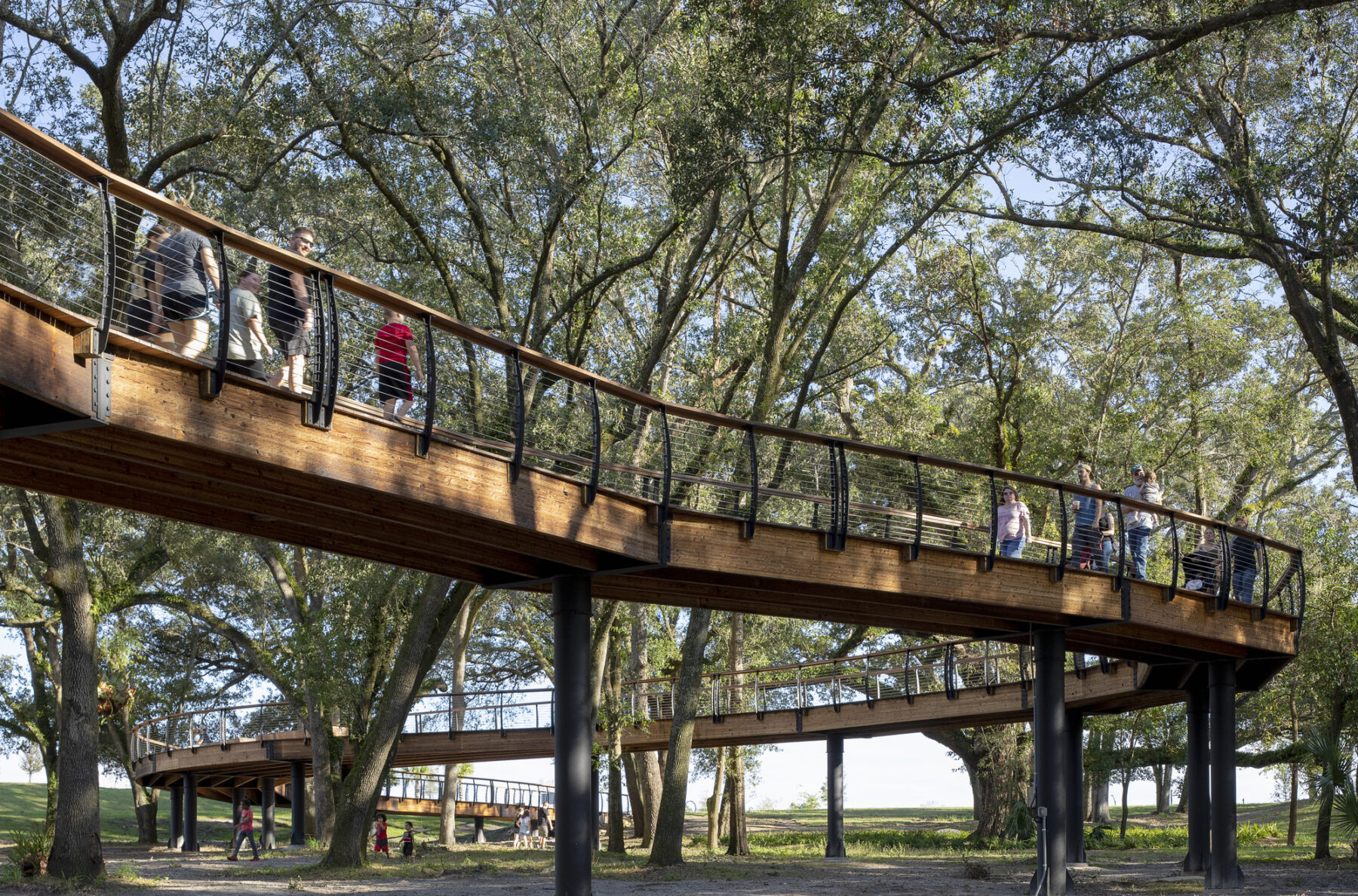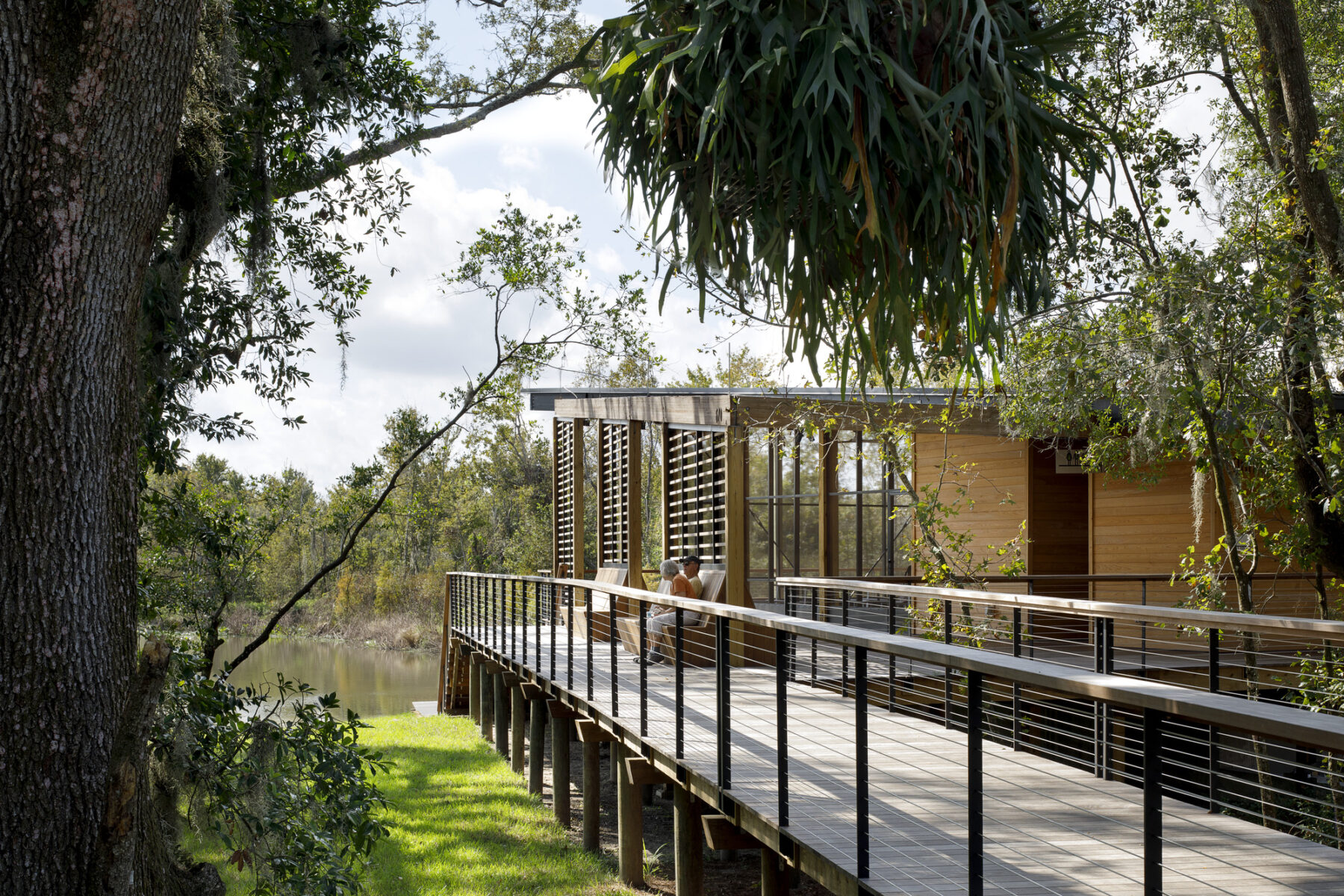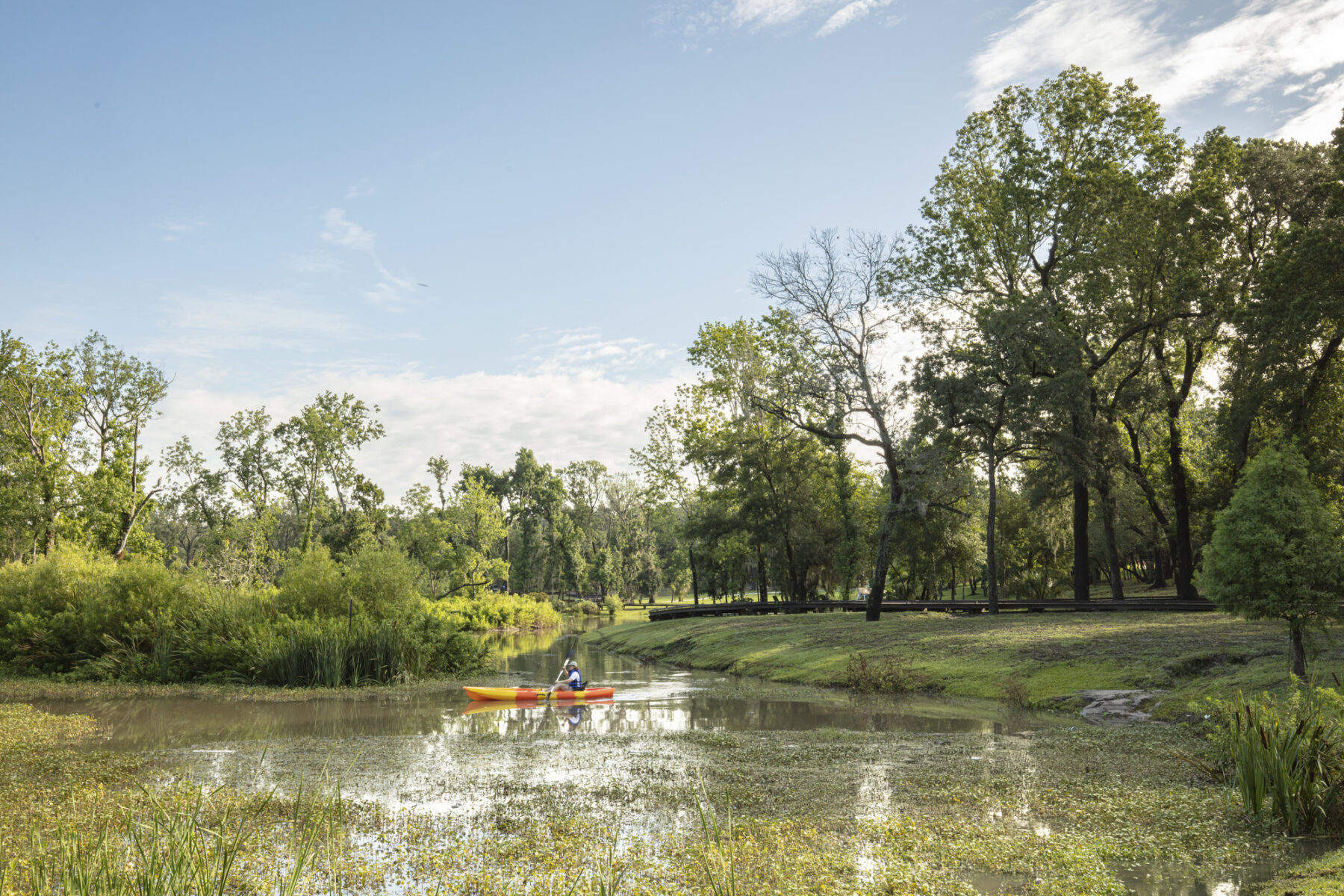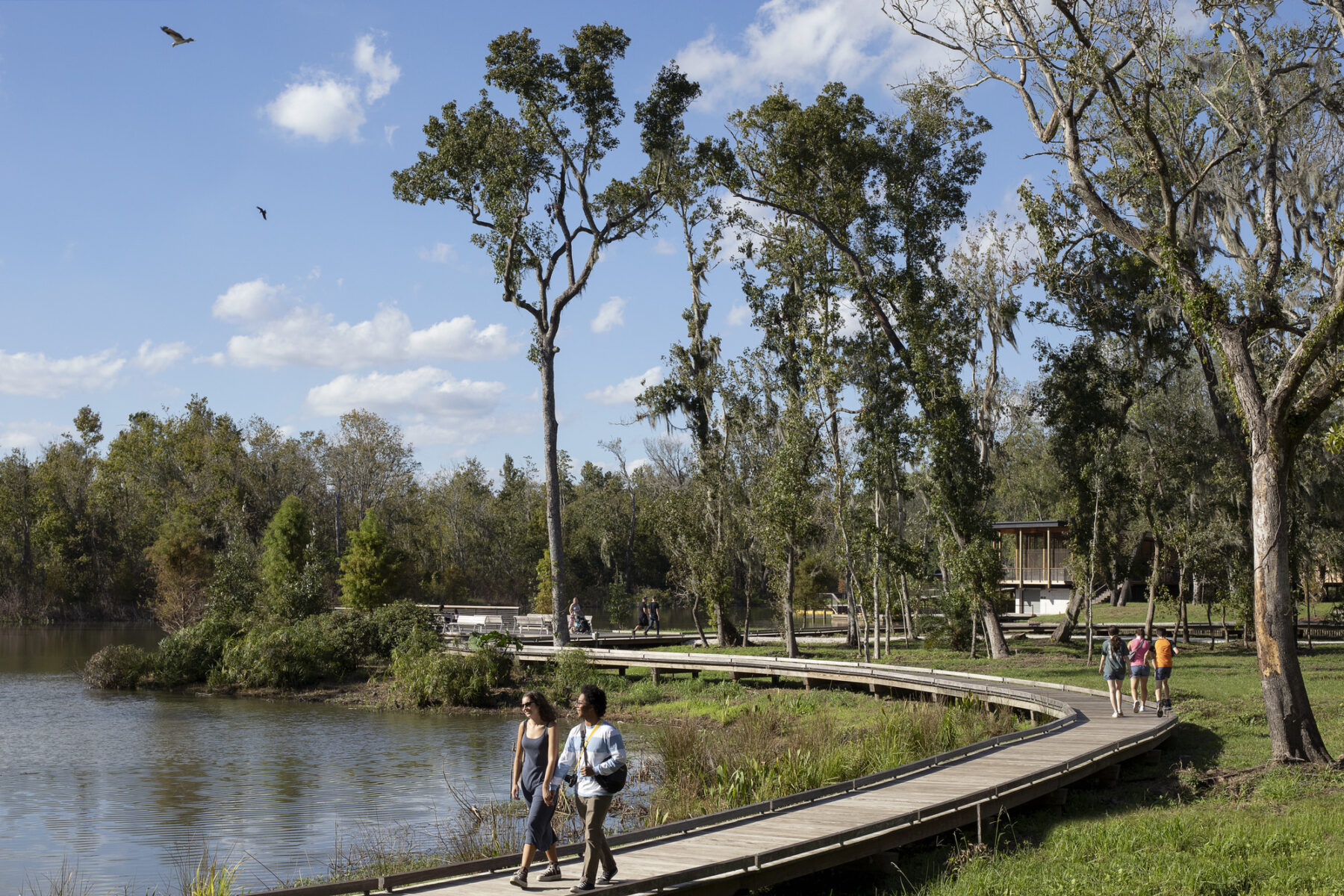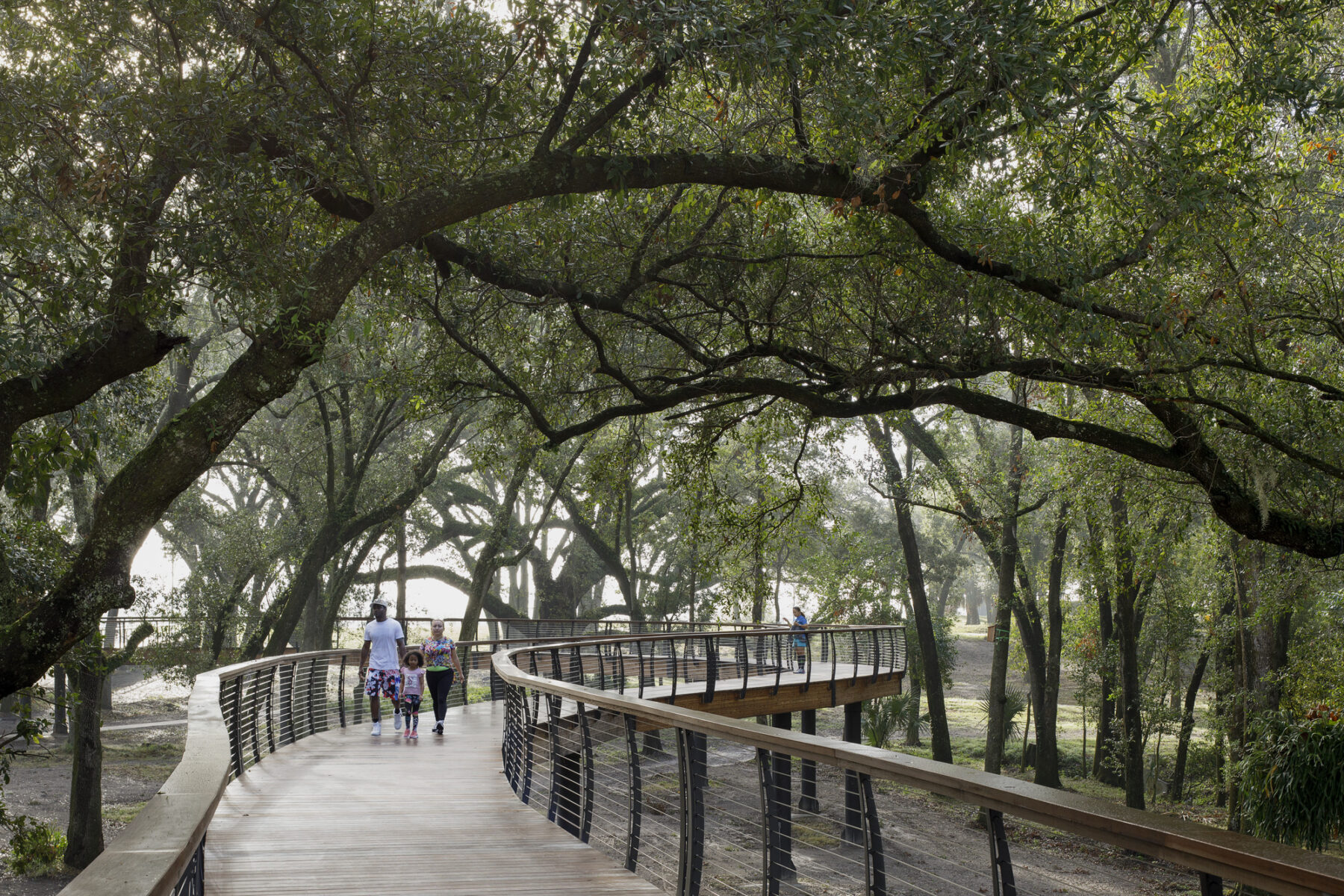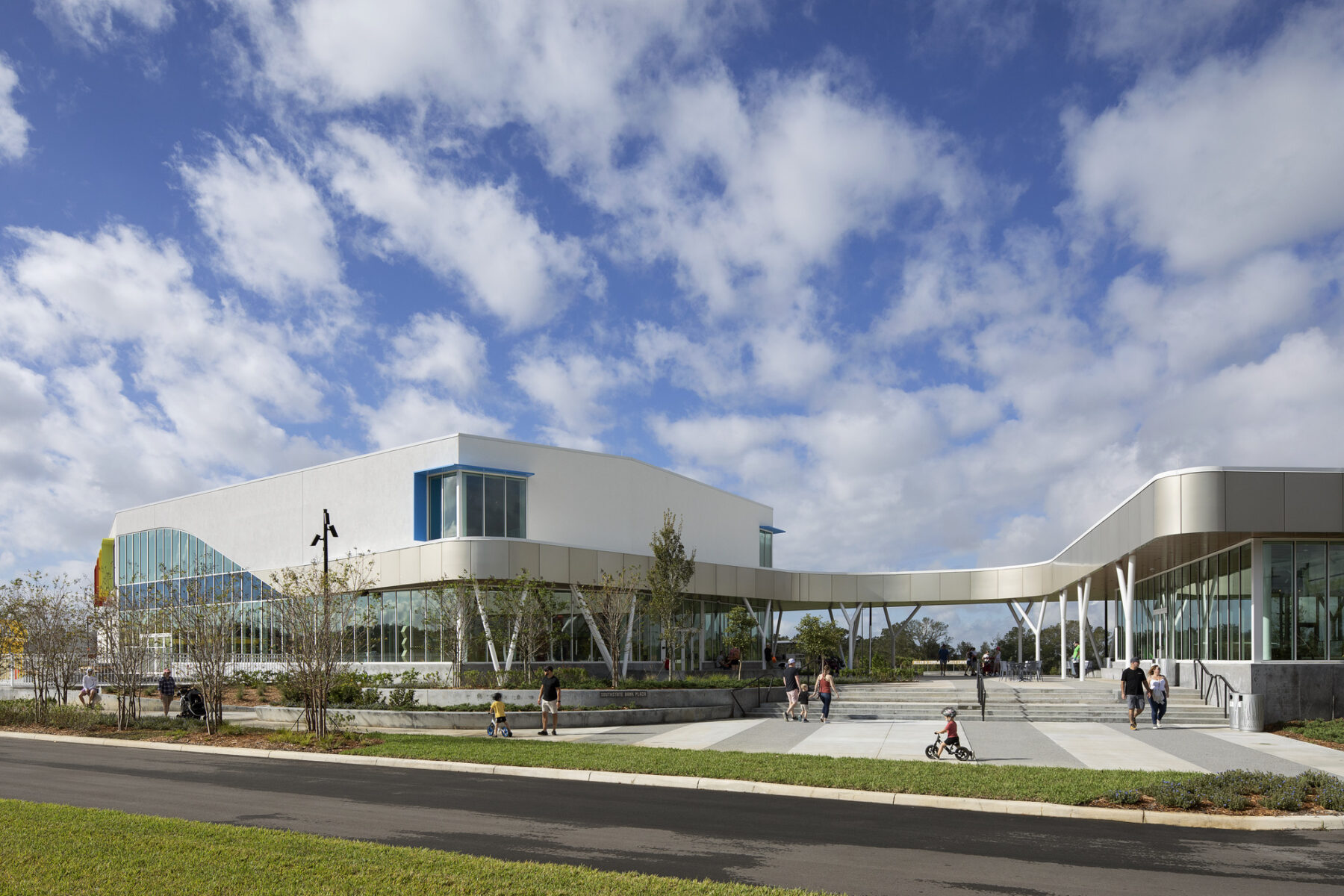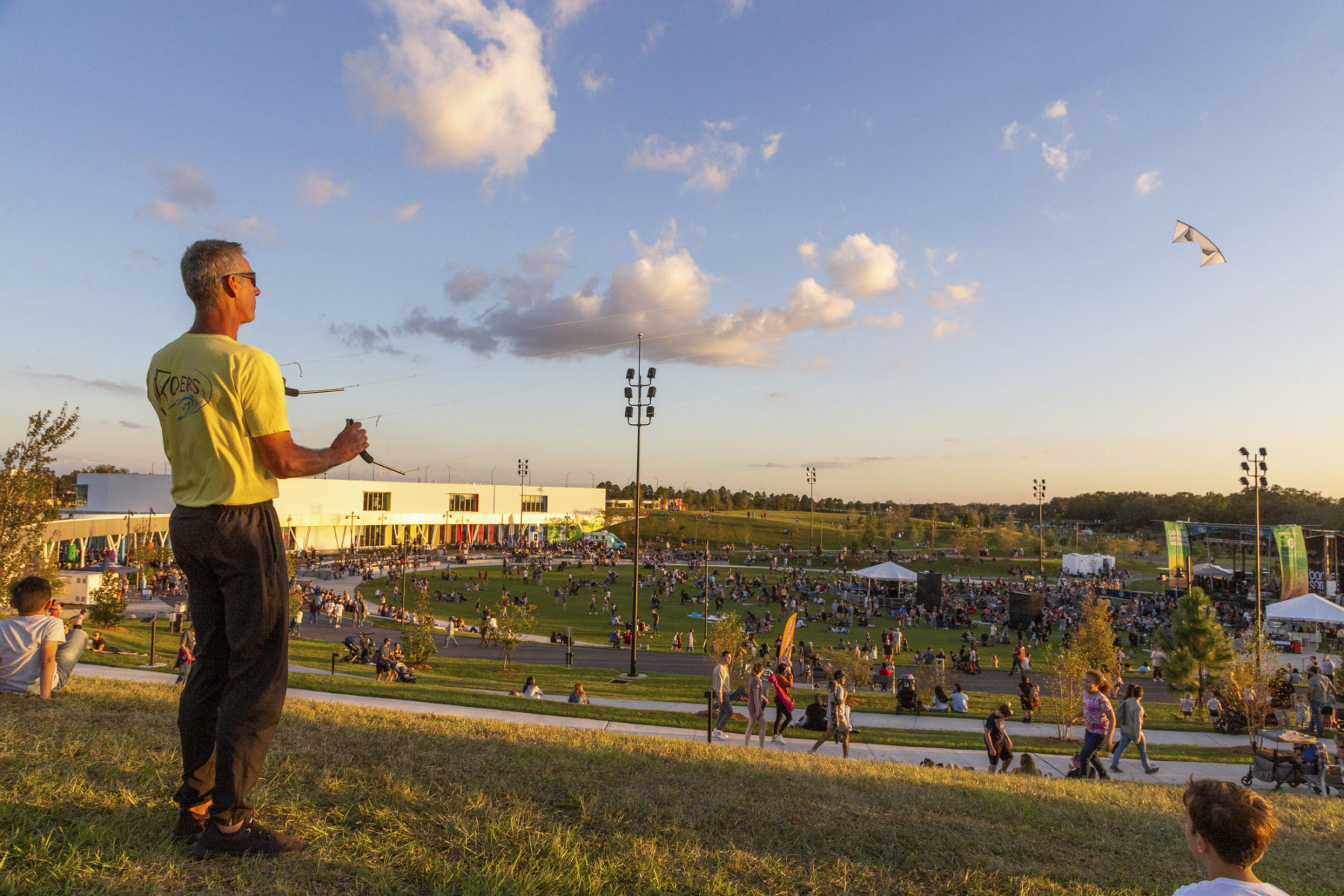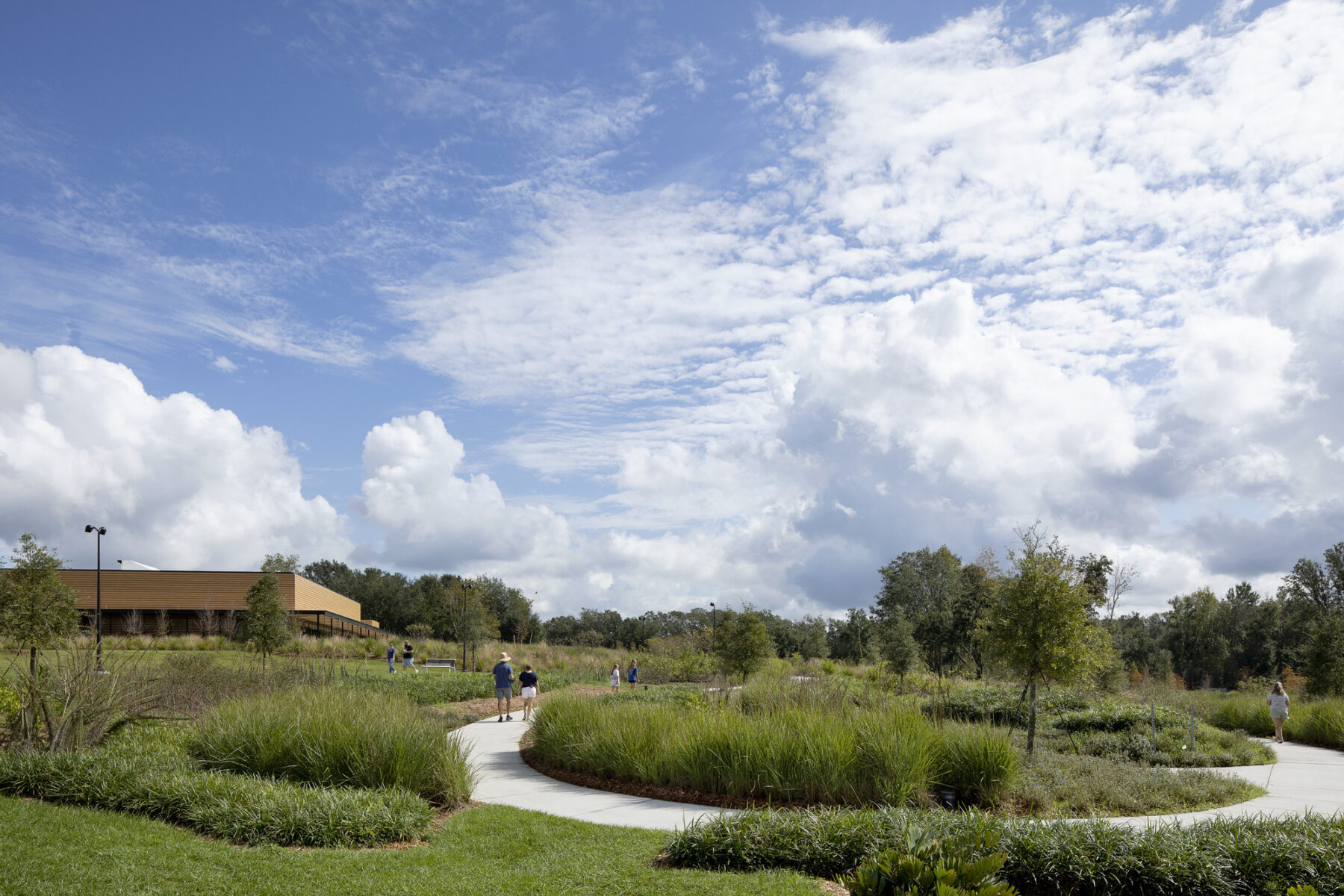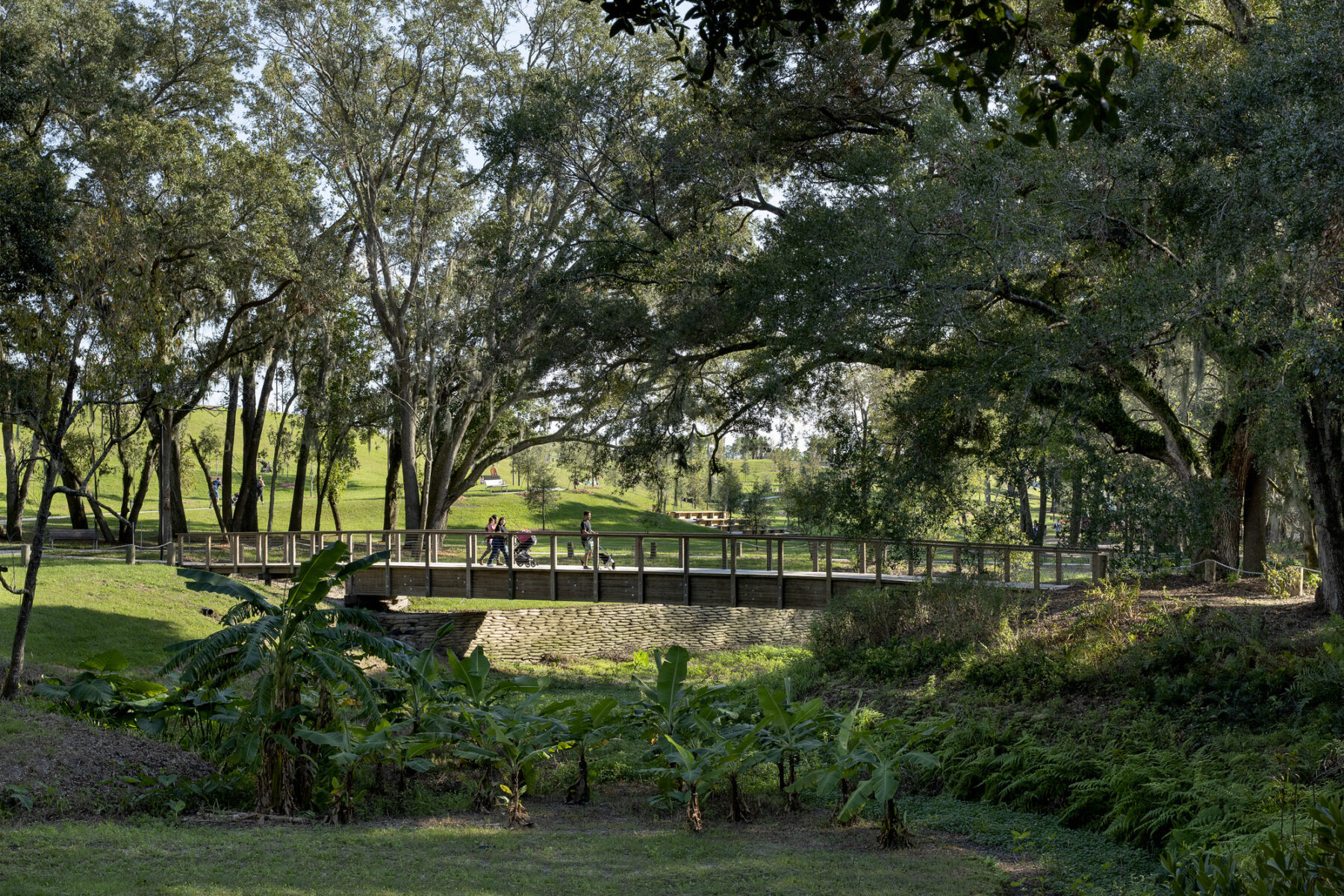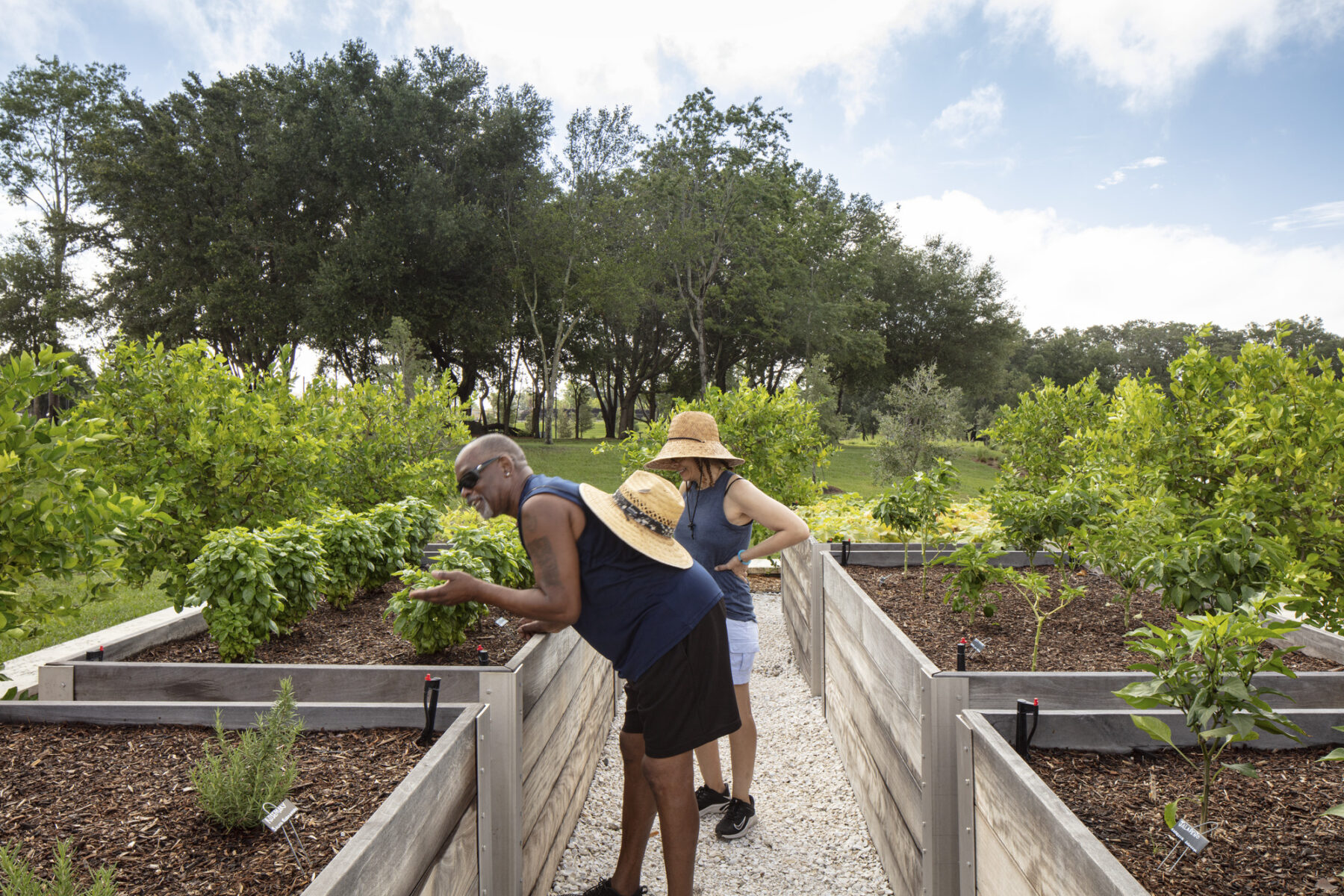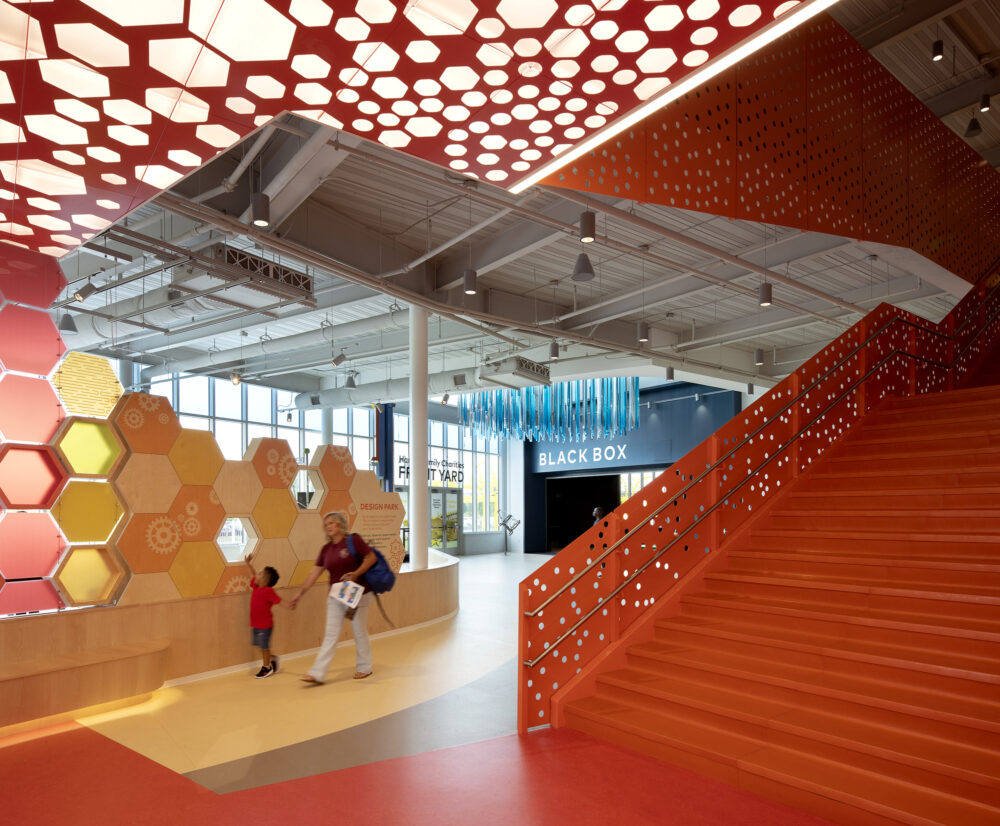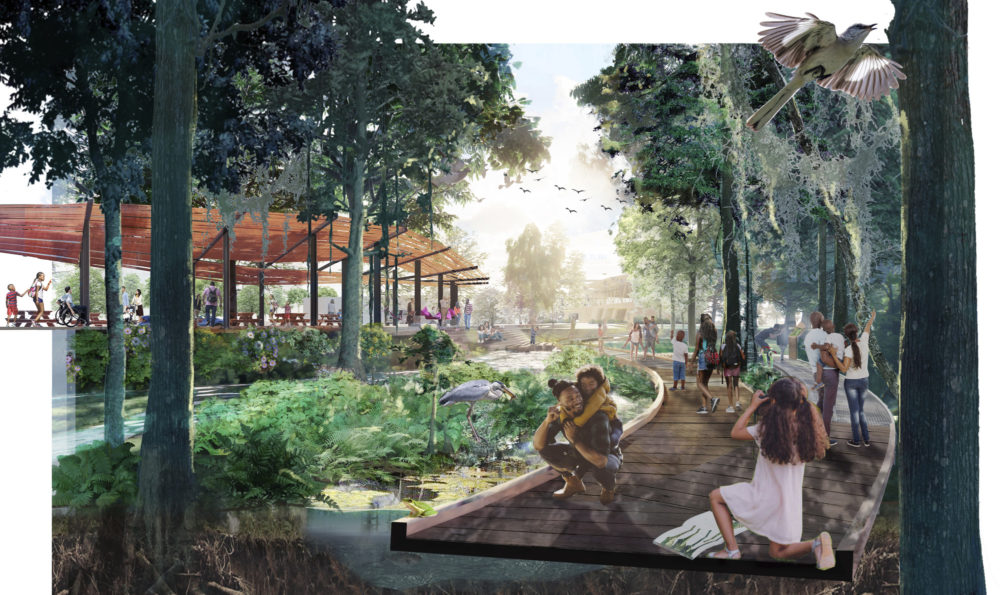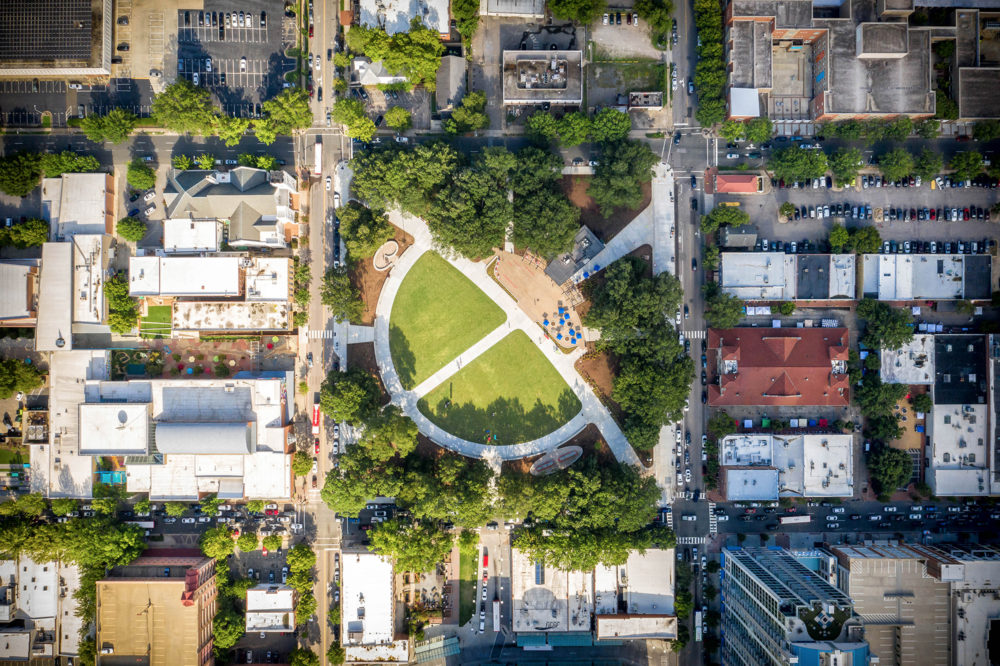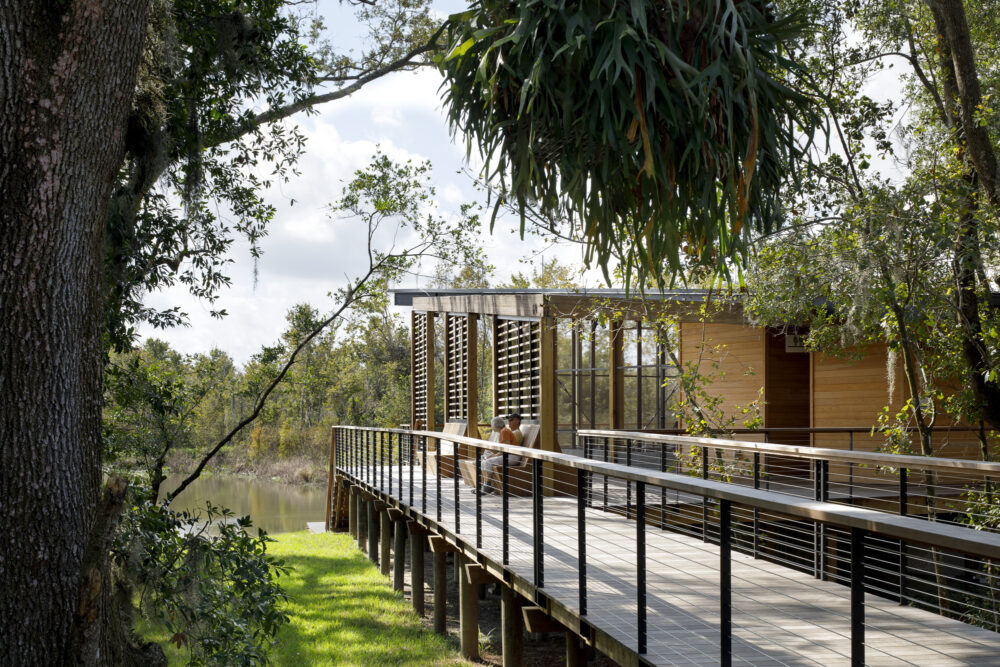Between 1880 and the early 1950s, the 168-acre Bonnet Springs Park site was home to the Lakeland Railyard, which served as a major hub for the movement of freight up and down the east coast. In 1952 the railyard closed, leaving the land in an abandoned state and Lake Bonnet all but forgotten.
Then in 2015, recognizing that metro Lakeland is one of the fastest growing regions in the country, and building upon the city’s strong tradition of parks and natural areas, a group of Lakeland enthusiasts proposed the creation of Bonnet Springs Park—a central park for Lakeland.
In 2017 the Bonnet Springs Park board hired Sasaki to create a master plan for the park. Sasaki took input from the public during a six-month outreach period and incorporated ideas and desires into an approved design and park mission: to become an ecological jewel, a cultural magnet, and a connected community asset.

